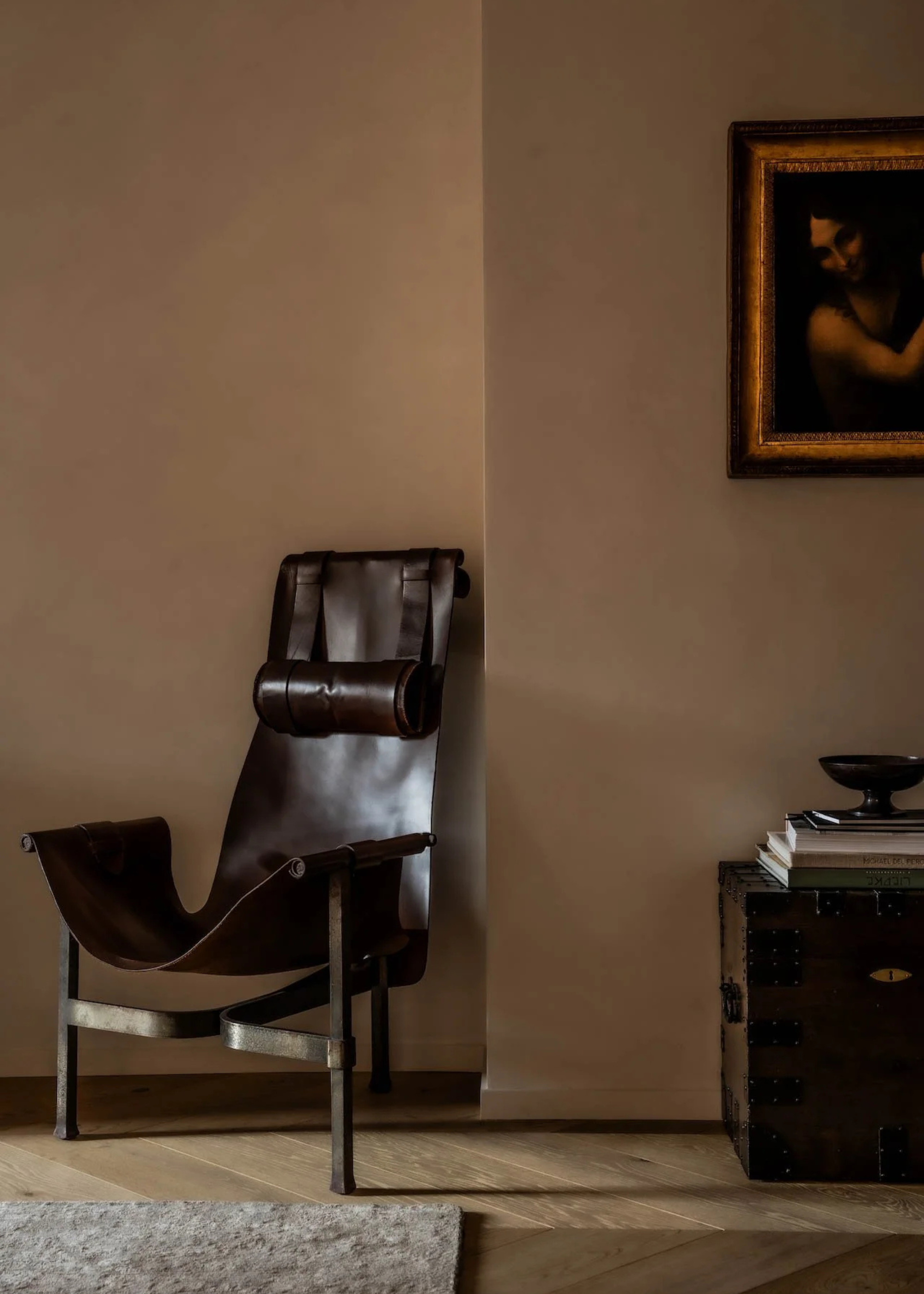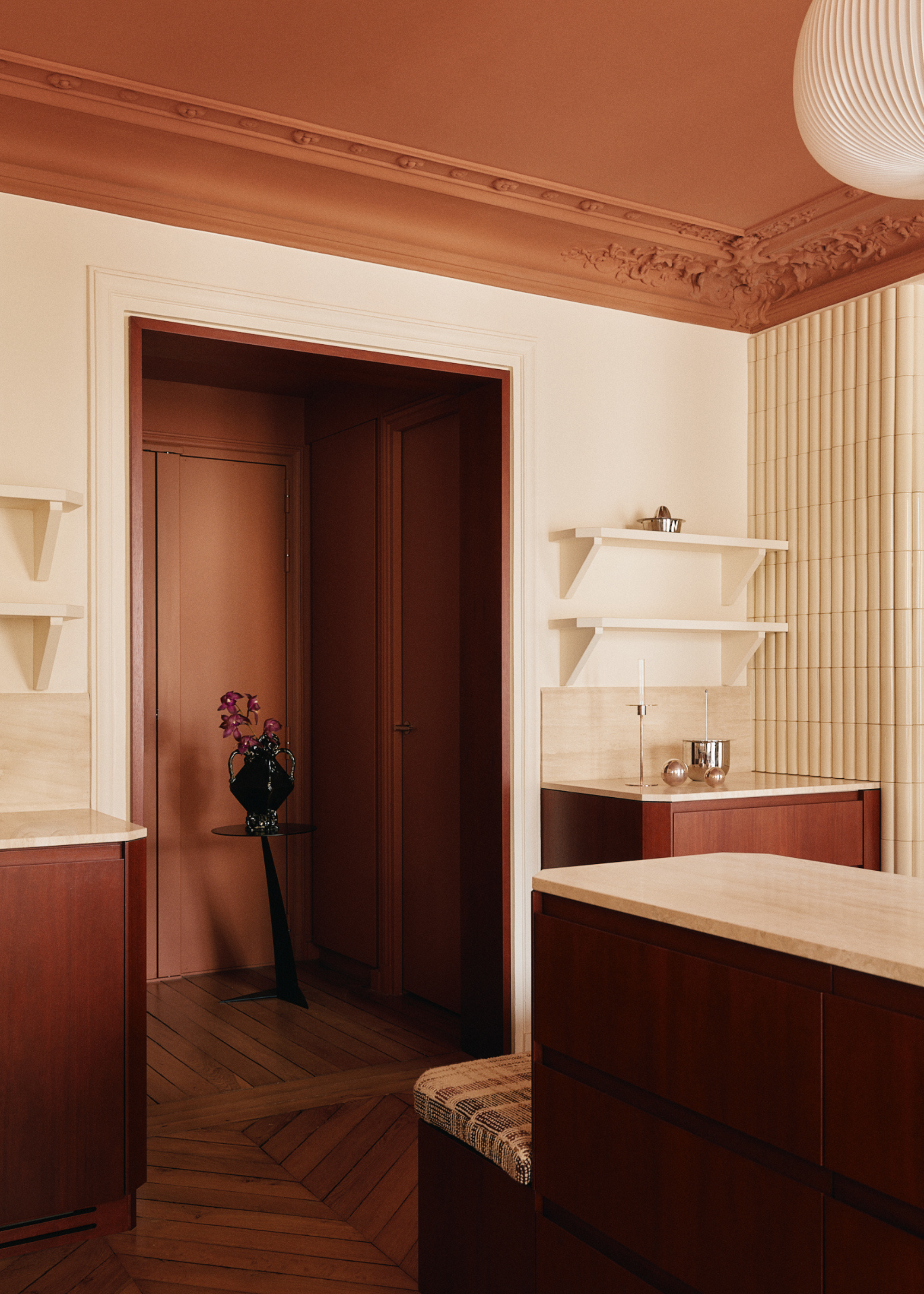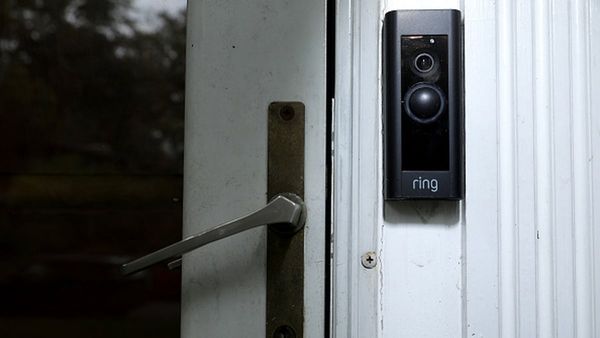
Curating the perfect home forever is a myth. Lifestyles change, habits shift, and the ambiance you desire will evolve, too. However, it's a thin line between a quick spruce every now and then and a repeated thirst for change that can swiftly lead to a cluttered space.
And while everyone should know how to declutter a home, it's not enough to cap your learning at understanding where and when to pare back your rooms. It's also good to know what could be sending your home into chaos. And if you're asking yourself: "Why do I always want to redecorate?", the Diderot Effect could be to blame.
So, here's everything you need to know about the Diderot effect in decluttering and how to end the cycle of style, sleep, redecorate, repeat.
What Is the Diderot Effect?

"Simply put, the Diderot effect occurs when a single beautiful new item makes everything you already possess suddenly feel out of place," says Daren Banarsë, MA, MBACP, and senior psychotherapist.
"Named after the 18th-century philosopher Denis Diderot, who experienced it firsthand, it describes how one new purchase can trigger a series of additional buying."
For instance, he explains that you might bring home a beautiful new lamp, and suddenly your perfectly functional sofa looks shabby, your curtains seem outdated, and your coffee table feels wrong. Before you know it, you'll have a cluttered living room that needs some serious sorting out. And to put a name to this disruptive lifestyle would be to call it the Diderot effect.
"It's not the objects themselves. It's the way that one new addition disrupts your sense of harmony and sparks an insatiable urge to complete the picture," he says. "What makes it especially tricky is that each new purchase feels entirely rational, but you're really chasing an illusion of completeness that never quite arrives."
Why Does the Diderot Effect Happen?

Similar to the driving forces behind the compulsion to move house, Daren explains that the Diderot effect activates three core psychological drives that extend beyond materialism. "Firstly, we have a strong need for visual and emotional harmony in our surroundings. When something new disrupts that balance, it causes discomfort that we feel forced to address," he notes.
"Secondly, our belongings are connected to our identity. They're extensions of who we are or aspire to be. A new acquisition can subtly influence your self-image, making your older possessions seem like reflections of a past you."
And thirdly, he finds that we constantly compare ourselves to others and internal standards. "A beautiful new item raises expectations, and suddenly the rest seem lacking by comparison," he comments.
"What makes decluttering difficult is that these pressures can disguise themselves as good intentions. You might believe you're just editing or simplifying, but what you're actually doing is reshaping your space to fit a new, often temporary, self-image. One that even a single object could trigger."
What Are the Symptoms of the Diderot Effect?

According to Daren, the signs can be emotional or behavioral, and they tend to appear gradually. "Emotionally, you might suddenly feel dissatisfied with items that seemed perfectly fine just days earlier," he advises.
"Instead of being content with your new purchase, you might experience a growing desire to fix everything around it. That urge to make things match or feel cohesive can become overwhelming."
Behaviorally, he explains that you might find yourself decluttering not to simplify, but to erase what no longer matches your updated aesthetic. "You're not discarding things because they don't serve you, but rather you're doing it because they no longer fit. That's a subtle but important distinction," he adds.
"And if you find yourself reacting to a new object with a series of replacements — buying new throw cushions to match the new sofa, then new art to complement the cushions. This is a sign that you're no longer in control. You're curating, not decluttering."
But there is a way to achieve decluttering and minimalism. Or at least, tidy maximalism that isn't causing you to constantly physically or visually trip over a cluttered space.
How to Stop the Diderot Cycle?

Daren says that breaking the cycle requires both practical tools and a mindset shift. He recommends beginning by creating space between impulse and action.
"When you feel the urge to buy something to go with another item or to toss something that no longer fits, stop for a pause. Take a moment to check in with your body and see what sensations are present," he suggests.
"You're likely to find an uncomfortable feeling. Practice staying with these feelings of unease until they pass, then ask yourself if you're rethinking your space out of genuine need or function?"
He encourages employing strategies such as the 'one in, one out' rule, or better still, a 'one in, no change for 30 days' policy to break the reactive cycle.
"The real transformation occurs when you learn to sit with imperfection and resist the urge to immediately fix your environment. This isn't about settling for less. It's about recognizing that the discomfort driving these purchases is temporary and often manufactured," he notes.
"True decluttering means removing items because they genuinely don't serve your life, not just because they don't match a new aesthetic vision. It's about making space for what truly matters rather than constantly reshaping your environment to fit fleeting ideals."
Decluttering Guides to Read
Format: Hardcover
Sort Your Life Out comes from the team behind the namesake BBC show and dives into a three-step program to turn your cluttered home around for the better.
Format: Paperback
Mind Over Clutter by Nicola Lewis is a brilliant read for anyone looking to learn how to get beyond the emotional blocks of decluttering and into a healthier headspace and home.
Format: Paperback
Clear Your Clutter With Feng Shui by Karen Kingston brings together the principles of Feng Shui and the basics of decluttering for a tidy and harmonious home.
Daren says that the aim is to reclaim your decision-making power from the endless cycle of wanting more, enabling you to declutter from a place of clarity. And if what you're looking for is a gradual decluttering process, then draw up a decluttering schedule that caters to your space.







